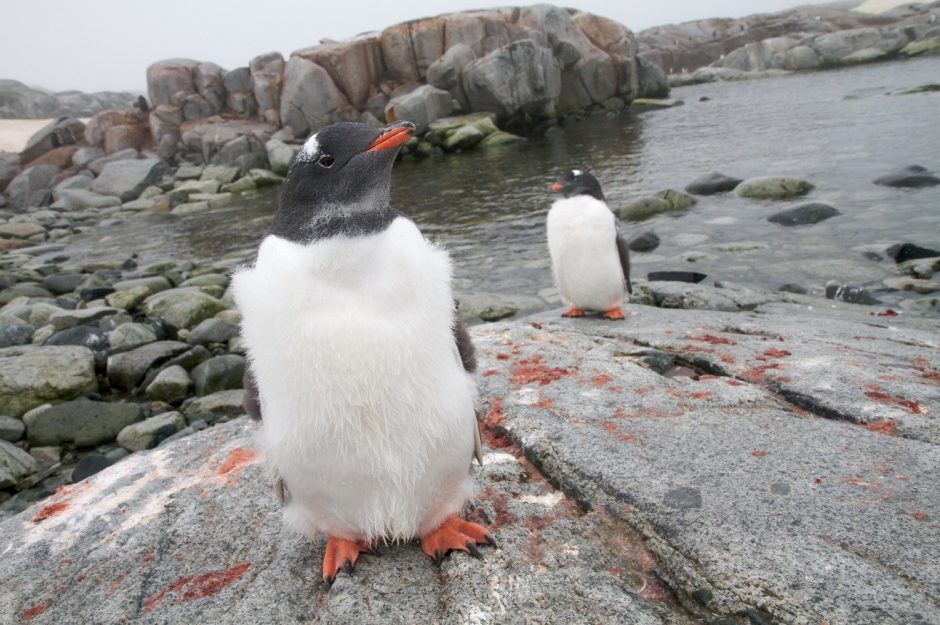
What’s in the Camera Bag? Antarctica
If you’re one of the lucky few to be headed on an Antarctica adventure in the future, be sure to read up on the best gear to bring, as this is no doubt going to be one of the most sensational photo expeditions you’ve ever been on.

Wide-Angle Zoom
You don’t want to go anywhere without a wide-angle zoom, as this is such a workhorse for general travel and landscape photography. While this may not be the ideal lens for wildlife, it’s fantastic for everything else. We’re talking about your 18-55mm, 24-70mm, or 24-105mm lenses for DSLR setups and 7-20mm or 12-40mm for mirrorless setups.
Because this is an easy lens to carry, versatile and extremely useful, I bring this with me on every excursion, every day. Period.
Zoom Telephoto
When it comes to nature and wildlife photography, a telephoto zoom lens is a critical piece of gear. And because of differences in quality, size, telephoto capabilities and maximum apertures, there are many different types of zoom telephotos to choose from. Here is some advice on how to choose the best one for you when in Antarctica.
On traditional wildlife safaris, I reach for my trusty 100-400mm nearly all the time for wildlife photos. However, although this is a great lens to also have in Antarctica, a different kind of zoom telephoto takes my #1 spot: the magnificent 70-200mm.
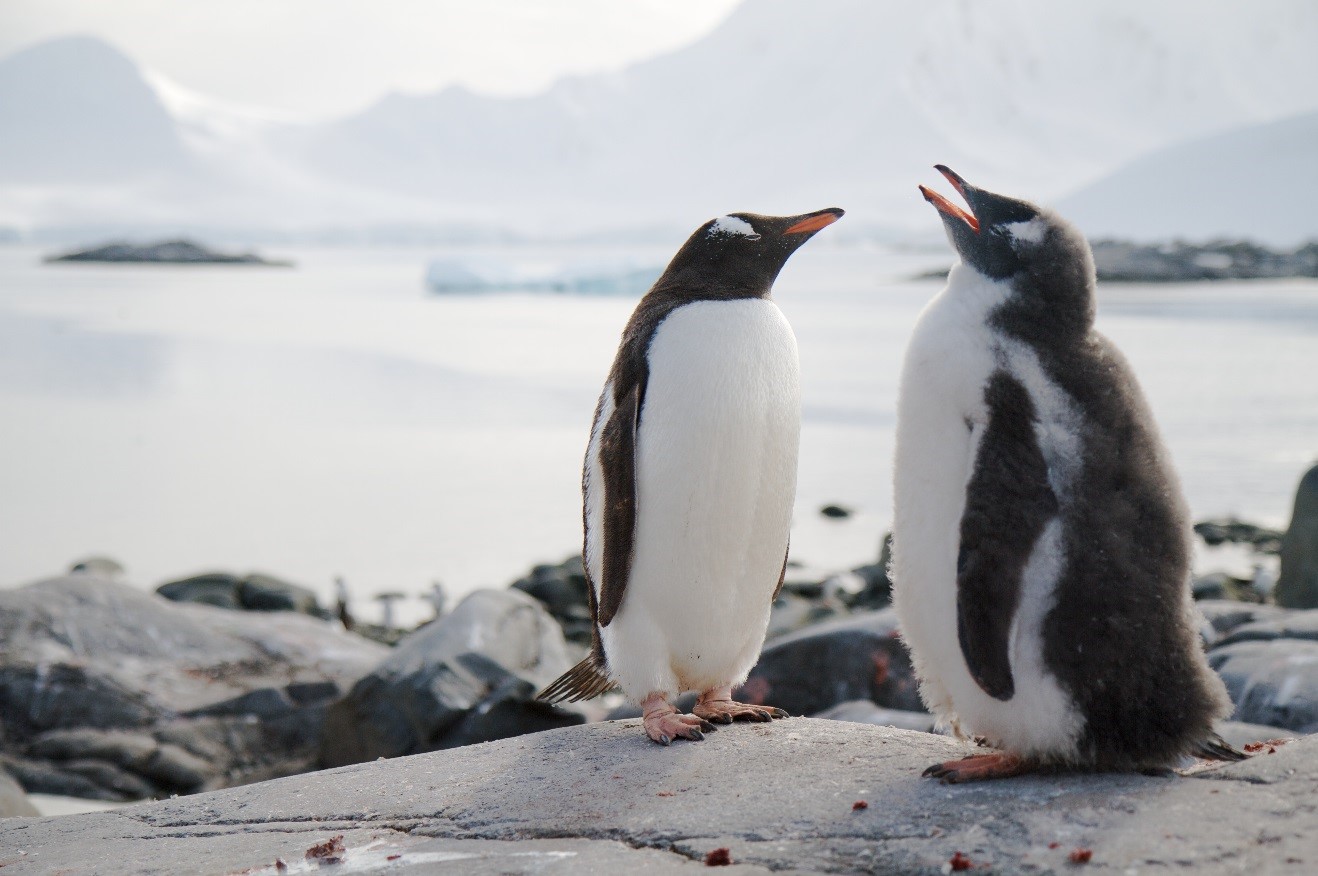
If you are familiar with this style of lens, you likely will agree with me when I say anytime you can use this lens, you should use this lens. What I mean is that if you can get the shot you want with this lens, and aren’t desperate for anything bigger, then this is the best possible lens to use. This is because of its amazing sharpness and generally wide maximum aperture of f/2.8.
You may be wondering why I haven’t mentioned a specific name or brand for this type of lens, yet I’m so sure of its sharpness and general greatness. That’s simply because this lens, in any shape or form, is going to be a top-quality lens—it’s just a rule of the trade.
Generally speaking, the potential wildlife comes down to penguins, whales, and seals. Athough whales may not be super close, penguins and seals generally are. So, while you would definitely get plenty of use out of a 100-400mm style lens (or the similar 70-300mm or 200-500m class), these all generally have maximum apertures at f/4.5-5.6 or even 6.3 at the upper range. As a result, a 70-200mm will allow you to shoot in lower light and, primarily, get that lovely bokeh (blur) in the background.
This range is excellent for capturing landscape shots, too. This is especially true of the massive features that can be across waterways, like the below mountain peaks near the lamar channel.
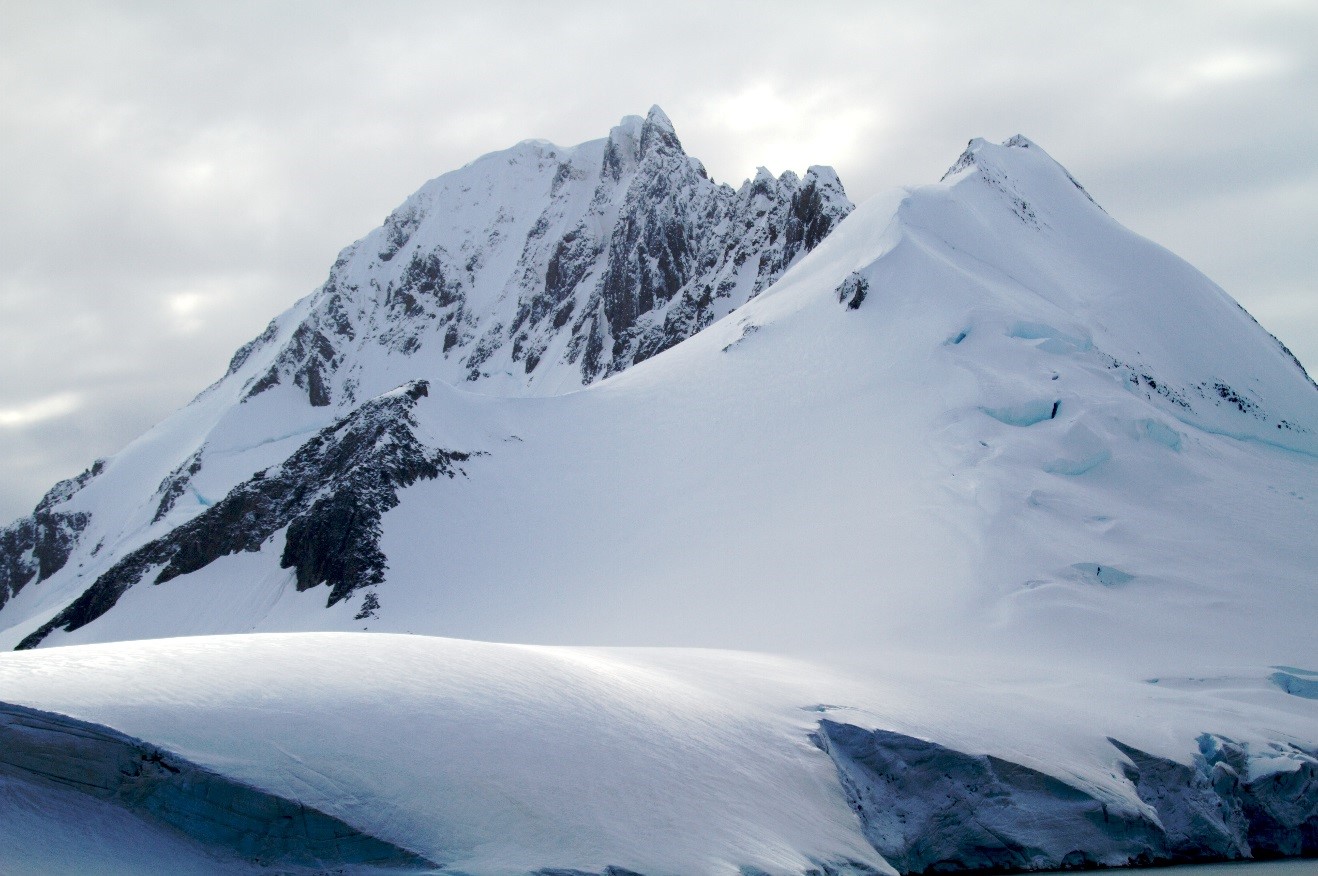
Any Need for a Super Telephoto?
Super telephotos are generally the big “safari lenses.” Think” your 400mm f/2.8 and your 600mm f/4. They look and feel like bazookas. Trust me, they produce awesome images no matter where and how you use them, but I personally feel they’re too clunky for Antarctica, and a bit of overkill unless you really feel like carrying around an extra backpack and 15 pounds each and every day. I’m much more in favor of a 70-200mm and 100-400mm combo.
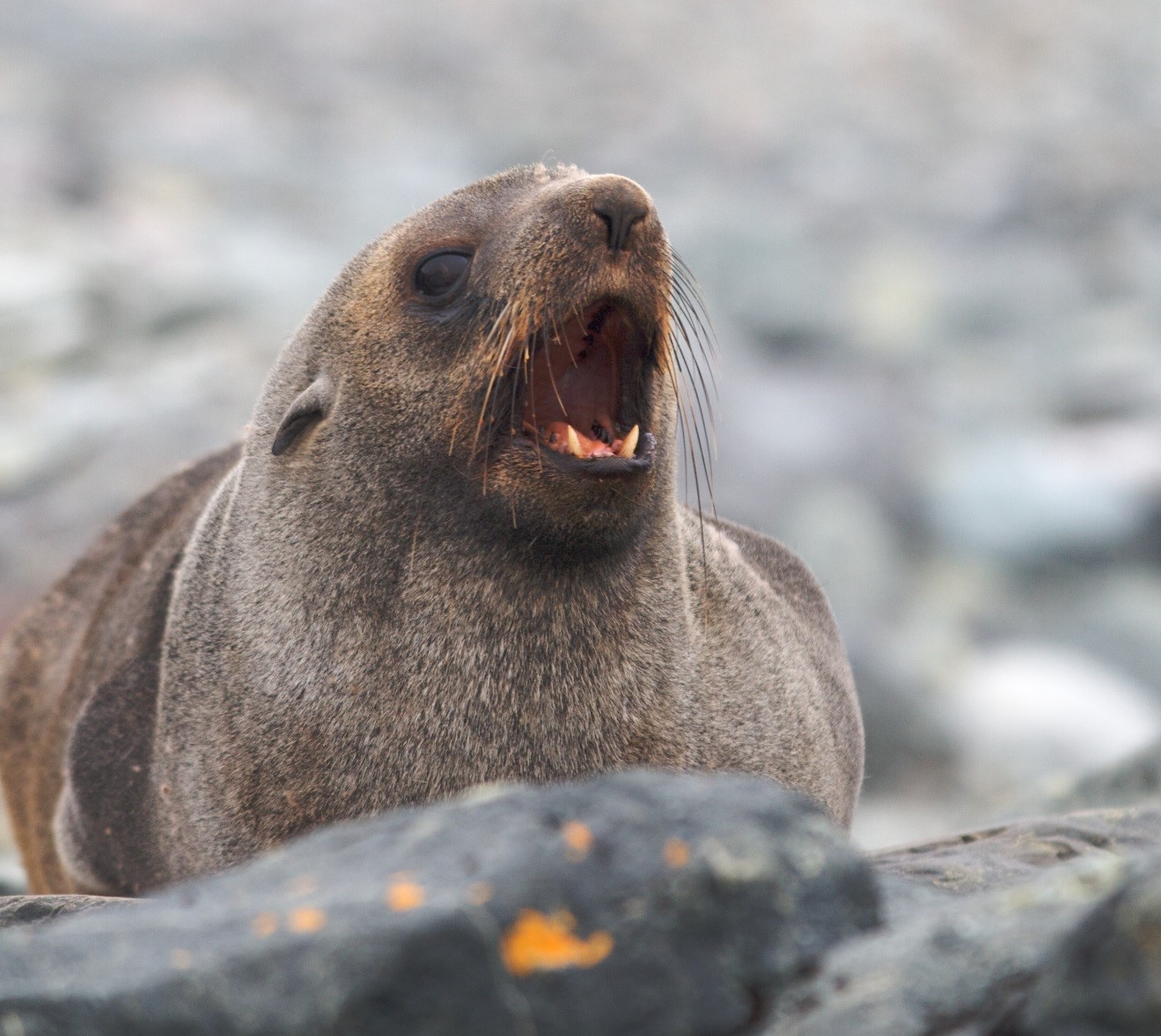
X-factor Lenses
If you know me by now, I love thinking about x-factor lenses. These are lenses that aren’t immediately thought of as “critical” to a certain photo trip or area but can yield amazing results. They may only be on your camera 5% of the time, but they might produce one of your favorite photos of the trip. Generally I consider either a 50mm f/1.4, a macro lens, or an ultra-wide.
For Antarctica, it’s got to be the ultra-wide.
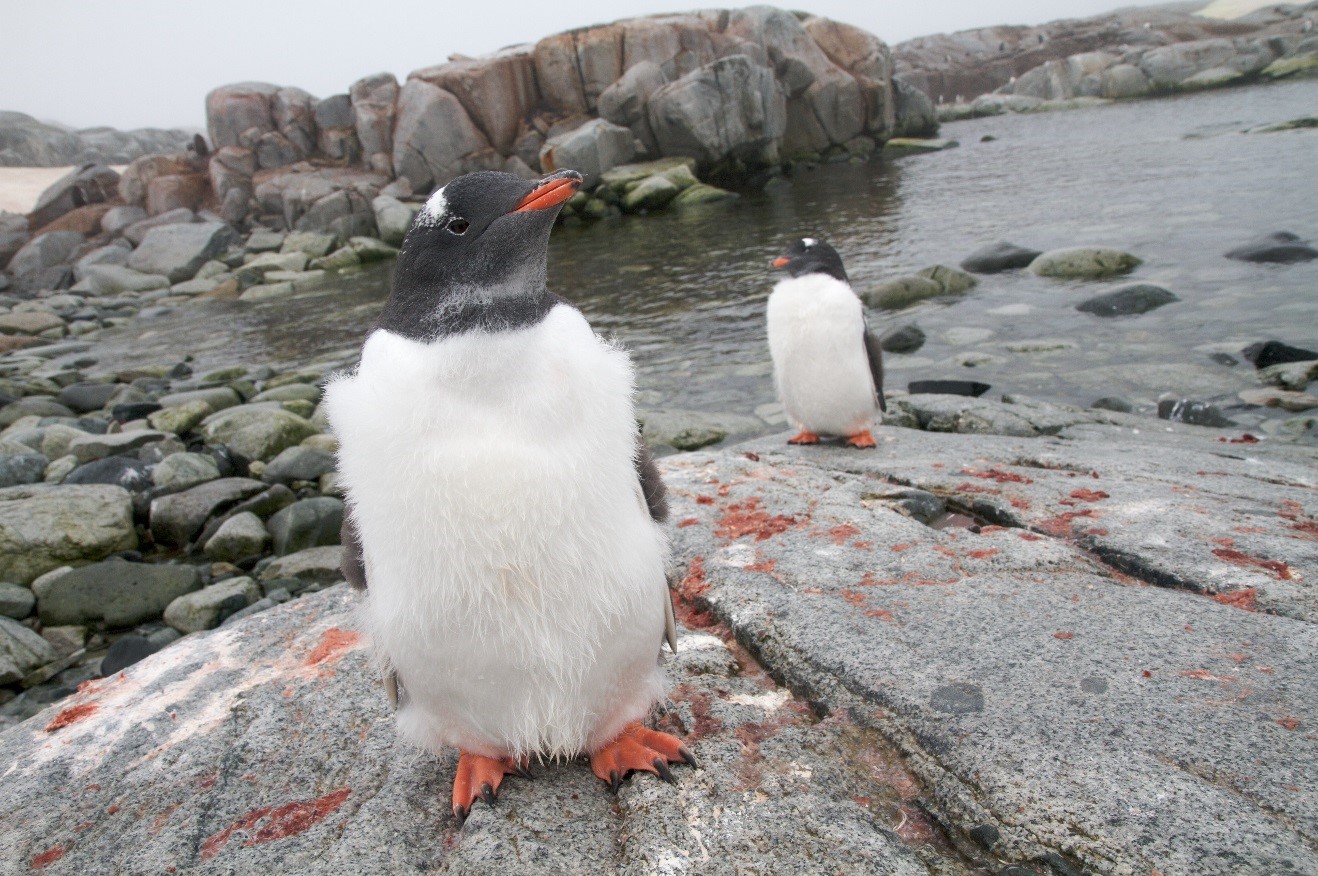
What I love about these lenses is that they can produce amazing landscape photos, but in cases when you have close-up wildlife AND interesting scenery, you can get some truly amazing shots.
Not that a macro wouldn’t be fun, but I typically reserve these for biodiverse tropical jungles with amazing small plants, flowers, and insects. And a 50mm f/1.4 is always great, but I often reserve this for places where the cultural photography opportunities are especially compelling.
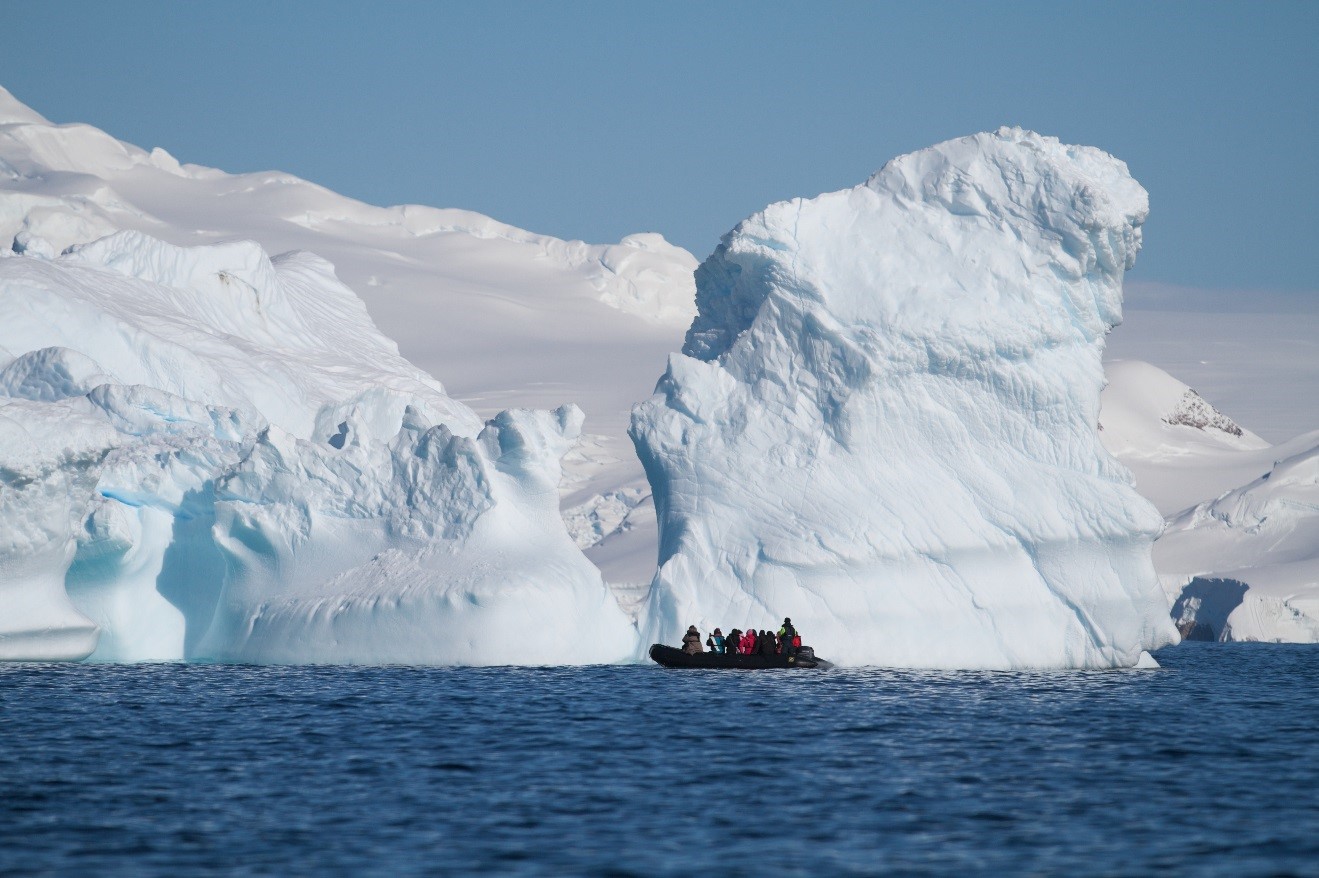
Accessories and Other Gear
As with most photo expeditions, be sure to bring extra batteries and extra memory. You are VERY far removed from civilization, so there’s no swinging by the corner store to pick up extra batteries.
A tripod can be handy, especially for Antarctica expeditions that camp on shore for a night or two, when you can get sensational night photo opportunities.
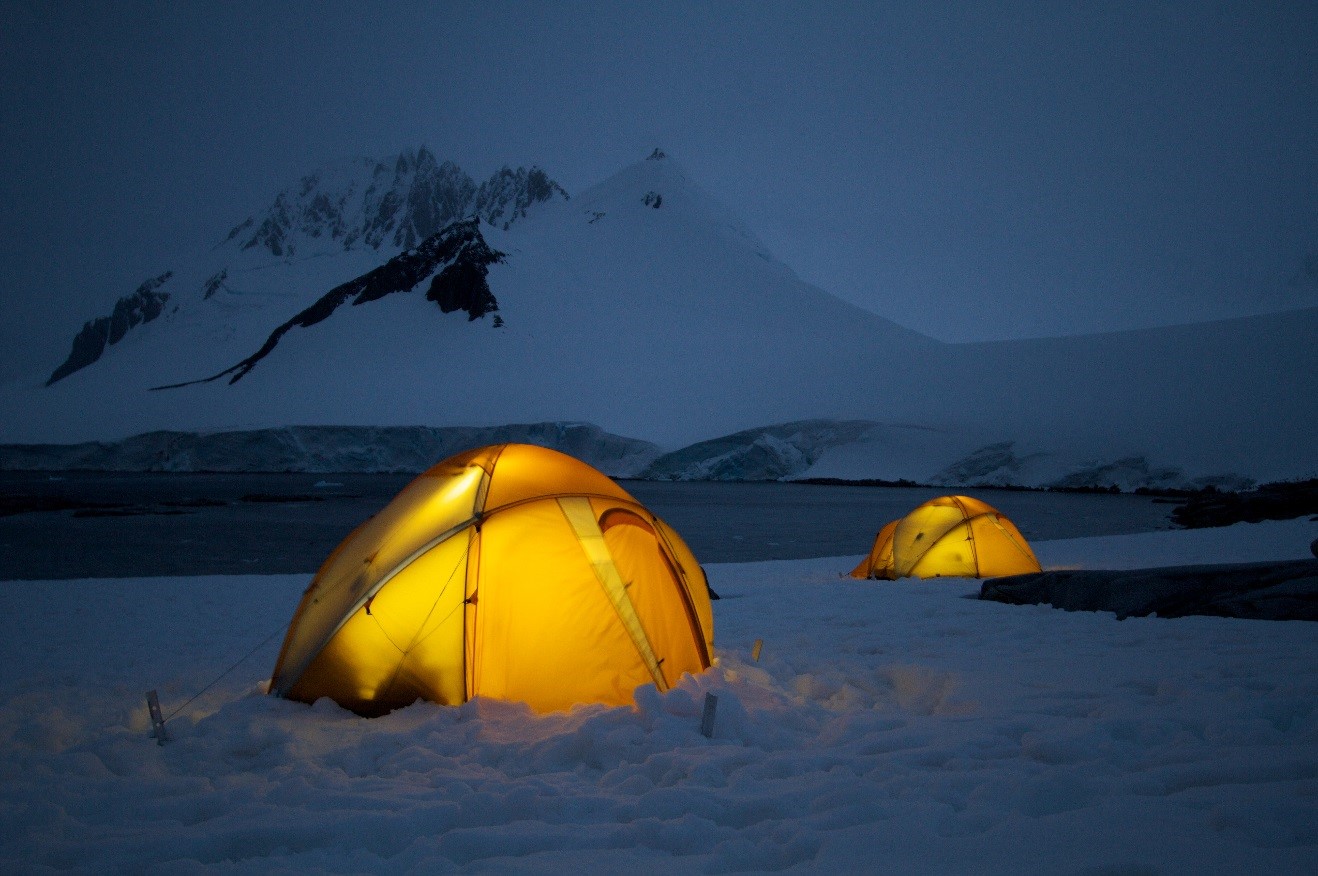
One final consideration is whether you want to bring a second camera body. I usually say if you’ve got it, bring it. However, I don’t think it merits dropping an extra $1,000 on a second body. I find it way more useful to invest in a new, better lens (like a 70-200mm!).
For reference, the main opportunity here with a second body is saving time, and getting more photos, by not needing to change lenses as often. Great if you can do that, but it’s also one more thing you need to pack and bring with you.
Hopefully this helps a bit, and if you have your own ideas on what to bring with you when it comes to photo gear, feel free to leave a comment below!
Oh, and before you head out, you may also be interested in reading my post How to Keep your Camera Gear Safe and Functional during Cold-Weather Expeditions. It covers things like how to maximize battery life and how to minimize lens fogging in the cold!
All the best,

Court
Leave a reply